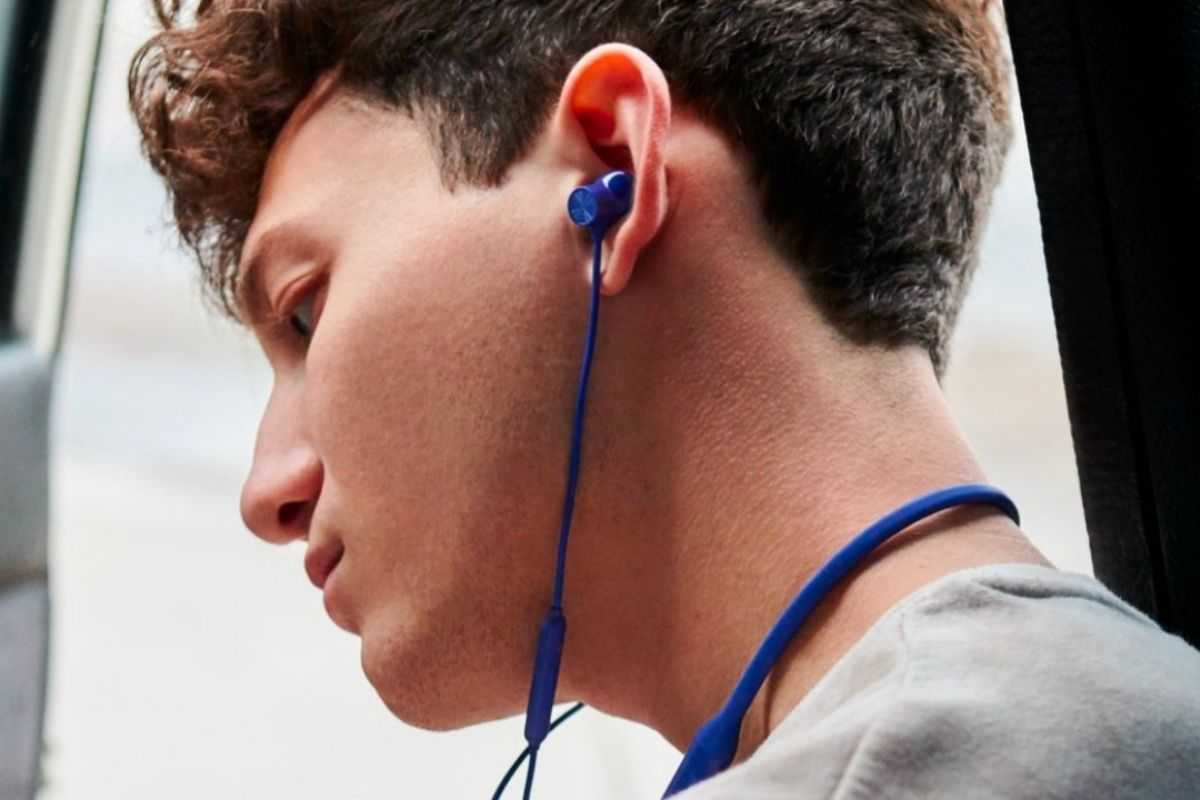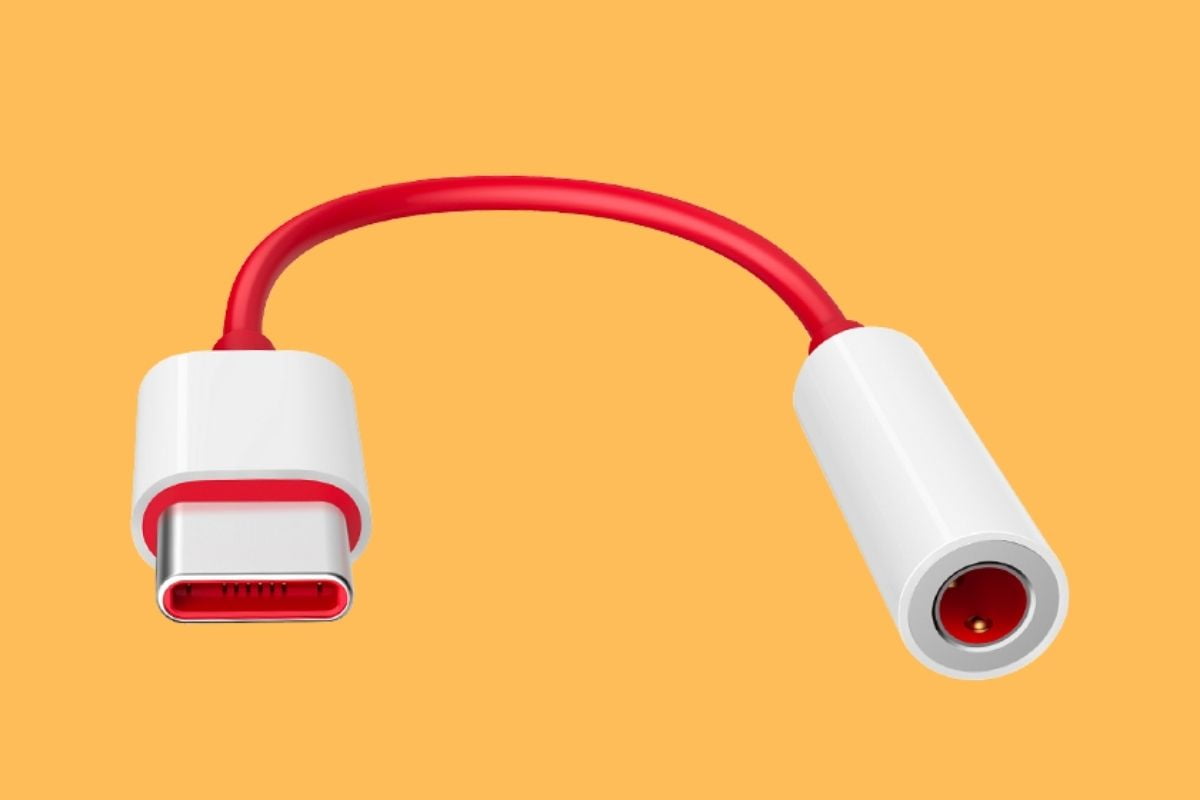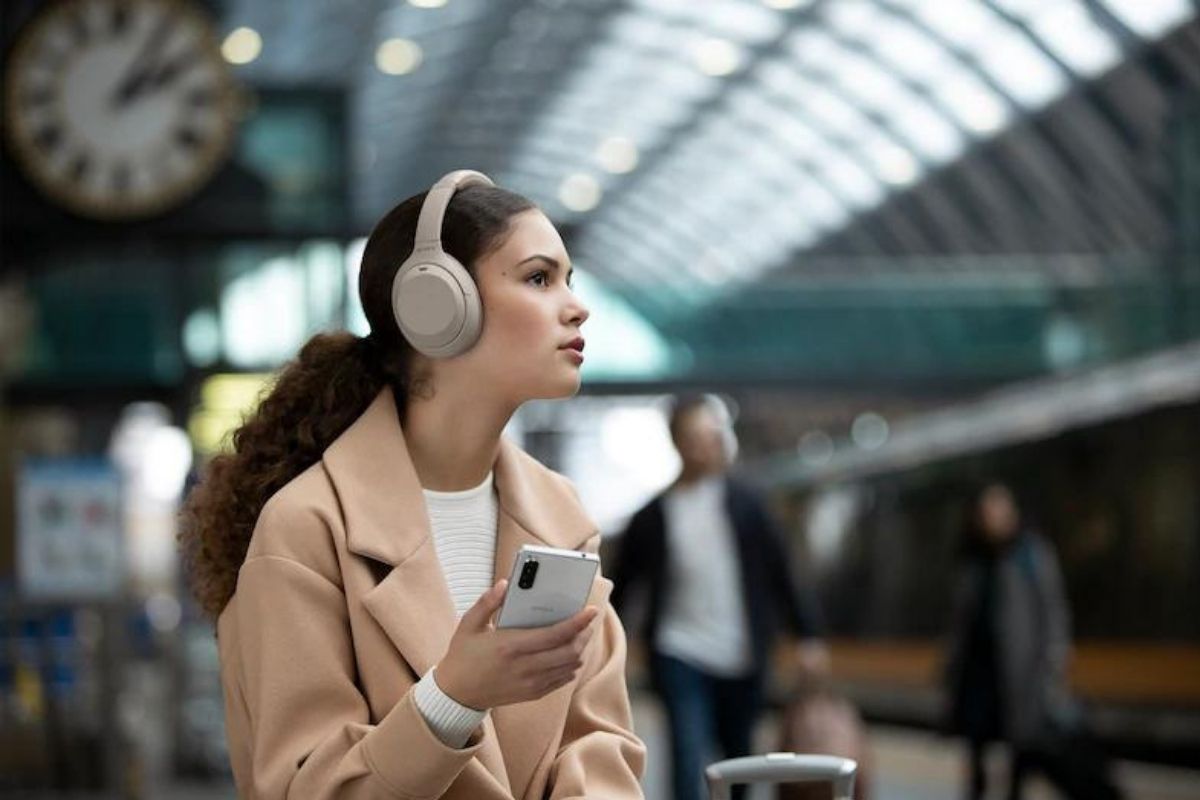I recently wrote an article listing the key issues that a user can face if they choose to buy truly wireless buds. From poor battery life to limited audio quality with certain devices, the issues that plague them have been long ignored. If you read that article, you might have thought about what the next best option is. Since 2016, headphone jacks have become rarer each passing day, with most devices opting to remove them outright in favour of their own truly wireless earbuds that can form an ecosystem for the company in question. Now, with all that done and dusted, if you own a flagship or even a mid-range device, you might be curious about what other options you have to fulfil your audio and content consumption needs since most of the devices have removed the headphone jack one or two generations ago. Before we begin, I do recommend reading the initial article which I wrote to know about just how many flaws a truly wireless earphone may have, potentially helping you when it comes to the decision to buy one. That being out of the way, let us discuss the three key alternatives to catering to your audio needs if you do not own a truly wireless earphone. Do note that these are in no specific order, so the positioning is not indicative of the prospect that these alternatives have.
What Are Some Alternatives For Your Audio Needs
In total, to fulfil your audio needs, there are three options on offer, the first one being the use of a dongle, the second one being over the ear headphones, and the third and most apt option being that of a neckband. So, without further ado, let us do a deep dive on all three alternatives.
1. Using a Dongle: That Dongle Life
The first option is the use a dongle. This will be applicable if you already own a pair of wired earphones or headphones that you love dearly or spent a lot on since they might still be in working condition and offer great sound quality. The mechanism is quite simple, buy a USB-C or Micro-USB (depending on your device) to 3.5mm jack for your phone; if there is no 3.5mm headphone jack, plug in the headphone or earphone and listen away. Key concerns are usually in two different situations. The first is that of lack of convenience since you will have to keep on plugging the dock into the Type-C port, blocking the ability to charge your device while listening to your favourite tunes. Second is the cumbersome process of carrying the aforementioned dongle wherever you go and, if you are a frequent traveller like me and accidentally forget the dongle or lose it, say goodbye to your audio and video needs, since the only option that will remain would be to use the phone speakers. Overall, whilst this is a feasible method, it’s more of a trouble and a hassle than a good alternative; hence I would recommend this only if you own an amazing pair of headphones or earphones that are wired and you would not be able to afford to see them go to waste. Note: USB-C based earphones are not being considered as alternatives as they are not as common and block the charging port, not providing the best medium of use for the user.
2. Neckband: Minimal Wires, More Battery
The best alternative, in my opinion, Neckbands cater to both sort of needs, ease of use and good audio quality. They are also offered by most major companies, so that sense of trust is also maintained. A Neckband is basically the middle ground between wired and truly wireless earphones. They offer decent sound quality, class-leading battery life, lasting around 20-30 hours and have minimal wires that are usually resting on the back of your neck, which is not as distracting as it may seem. There are thin wires that connect the earbuds to the body, but they too are nothing to worry about and, having been a neckband user for over two years, I have to say that the battery life is one of the key reasons to consider purchasing them, even if you have regular wired earphones. Faster charging is another pro for the neckband, with 1hr or 1.5hrs of charge providing 20-30 hours of battery life, even if you listen to tunes for the entire duration on one stretch. In comparison, most truly wireless earphones take time to charge as they have to charge the buds and the case and, at best, the buds themselves will provide 5-6hrs of battery life, after which you would have to dock them back into the case. The only con that one might face is with these wires since if the lack of wires is your primary concern, they might not cater to your needs. Fret not, however, since the final option should be able to meet your needs.
3. Headphones: Big, Brawny, Wireless
The final option in this list is a proper Bluetooth headphone since that would cater to all your needs but might not be the most ideal for travelling and overall portability. A Bluetooth headphone would provide great battery life, good sound isolation, ANC or Active Noise Cancellation, great audio quality, given that you are willing to spend a certain amount and do not go for a bass-heavy sound signature. The price is also not a major concern since most good headphones should be priced around Rs 5-10k, and they should last much longer than a TWS that may cost twice as much. The only issue is that of portability. A headphone is usually larger than a neckband or a pair of earbuds, and travelling with them is not the easiest job. Placing them inside a bag or tucking them into your pocket is not a possibility, which might not provide the ease of use that you would get from a neckband. All three options listed here are quite decent and will get the job done, and, at the end of the day, it is your choice which one you should choose, with your priority being the deciding factor.



